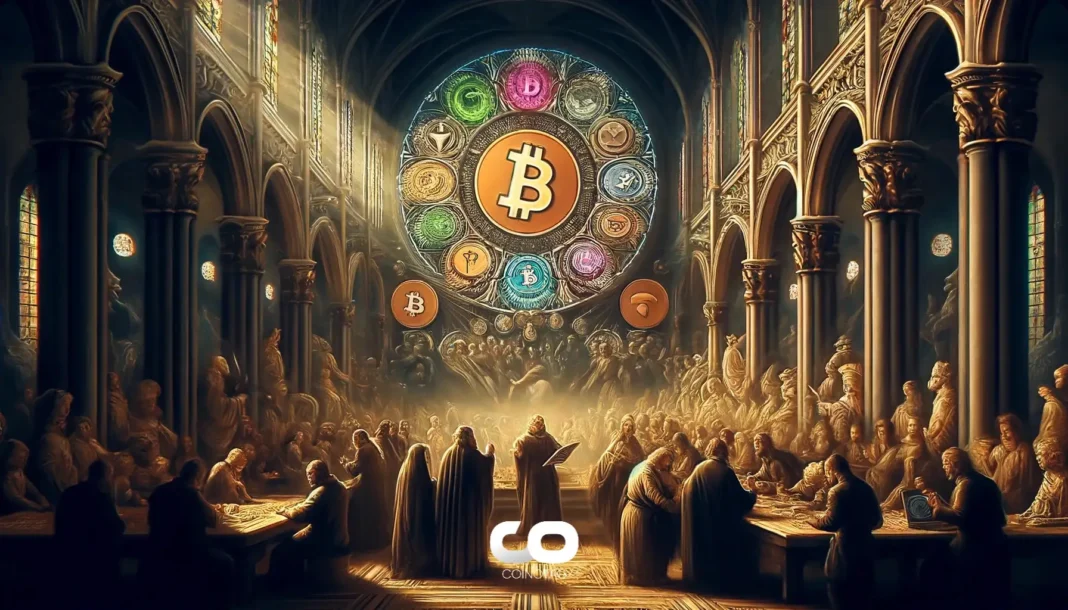-
Speculation grows over XRP price suppression, citing Ripple’s large token holdings and monthly sales.
-
Allegations of market manipulation surface, but no conclusive evidence has been found.
-
Attorney Bill Morgan refutes claims, stating Ripple’s influence is less significant than perceived.
A recent post from a pseudonymous user has reignited debate within the XRP community, raising questions about whether the cryptocurrency’s price is being suppressed beyond the effects of the now-resolved SEC lawsuit against Ripple.
What’s Behind XRP’s Low Price: Manipulation or Market Forces?
In December 2020, the SEC filed a lawsuit against Ripple, alleging that Ripple conducted an unregistered securities offering by selling XRP. This long-standing battle has significantly damaged XRP’s price. “It didn’t just slow XRP down — it stole years of growth. While the market soared, XRP sat sidelined,” the pseudonymous user noted.
However, with Ripple’s victory, speculation has emerged that various factors may contribute to XRP’s continued underperformance. “The Big Question. The SEC lawsuit clearly impacted XRP’s price. But what if there’s more keeping it down?” the user queried.
The user detailed five key drivers influencing XRP’s price, starting with Ripple’s massive XRP holdings. Currently, the company holds over 43 billion XRP in escrow, releasing a set portion monthly to regulate supply. Some assert these sales are designed to cap XRP’s price growth. Nonetheless, Ripple’s CTO has clarified that the company’s On-Demand Liquidity transactions do not influence market prices.
Furthermore, the user drew attention to several smaller wallets holding significant amounts of XRP. Large transactions from these wallets have been linked to price declines, raising manipulation concerns.
Despite this correlation between wallet activity and price movements, definitive evidence of deliberate control remains absent. A cited study showcased a negative correlation factor of -0.73 between transaction structures and price dynamics. While it doesn’t confirm suppression, it emphasizes how intricate network dynamics can impact XRP’s valuation.
“Speculation runs deep — some believe big banks are buying low while spreading doubt. One theory asserts institutions want XRP inexpensive prior to mass utility adoption. It sounds conspiratorial, yet it continues to resurface for a reason,” the post concluded.
Lastly, the user recounted that during XRP’s massive price rally in 2017, network activity surged, but specific community clusters diminished just before notable price drops, raising additional market distortion concerns.
“Most of this is just rumor and speculation. There’s no concrete proof of XRP price suppression beyond the SEC case. Yet the community’s suspicions aren’t baseless — they just lack conclusive evidence… for now,” the user asserted.
In addition to these factors, some analysts suggest that XRP’s low price might align with Ripple’s long-term strategy, utilizing it as a means to avoid drawing excessive attention while enhancing its infrastructure.
Attorney Debunks XRP Price Suppression Claims
Despite ongoing speculation, attorney Bill Morgan has categorically refuted claims of price suppression. He clarified that Ripple does not control 43% of the total XRP supply, as is commonly believed.
“Firstly, Ripple does not own 43% of supply. CoinMarketCap states the circulating supply (excluding what Ripple holds outside escrow) is 58.5%,” he noted.
This indicates that Ripple’s influence is not as substantial as speculated. Further, Morgan highlighted that Ripple’s monthly sales from escrow constitute less than 1% of the monthly trading volume, too minor to exert significant downward pressure on prices. He emphasized the diminishing effect of Ripple’s escrow releases over time.
Moreover, Morgan referenced the SEC vs. Ripple lawsuit, noting that the regulator’s 18-month investigation found no evidence of price manipulation by Ripple.
“There is no evidence of price suppression beyond the chilling effect of the SEC lawsuit. Ripple provided expert evidence in the lawsuit showing that XRP price movements generally conform to broader crypto market trends, particularly Bitcoin or Ethereum,” Morgan emphasized.
Whether Morgan’s clarifications will alleviate concerns about XRP’s price remains to be seen. For now, the discourse surrounding XRP pricing continues.
Conclusion
In conclusion, while speculation about XRP price suppression persists, the evidence remains inconclusive. Key figures like Bill Morgan shed light on the complexities surrounding Ripple’s influence and underscore the importance of market dynamics. For XRP investors, understanding these nuances will be crucial in navigating the ever-evolving crypto landscape.







